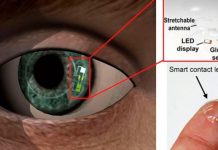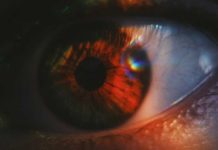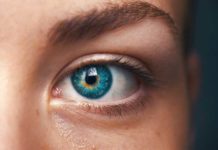Genetic diseases of the organs of vision, such as retinal dystrophy, as well as age-related degeneration of vision, are extremely difficult to treat and are the main cause of complete blindness.
Studies conducted by an international group of scientists from the universities of Pisa, Genoa, Milan, and Granada have revealed that the process of loss of vision from such diseases can be stopped, and the affected areas of the eyes can be restored or replaced. Instead of the traditional large implants previously used for treatment, scientists have proposed the use of nanoparticles.
The new technique is based on the use of conjugated polymer nanoparticles (P3HT-NP) with sensitivity to light, capable of responding to light and transmitting this information to retinal neurons. The use of nanoparticles on degraded, affected areas of the retina does not require additional sources of energy and does not affect other, healthy parts of the eye.
Testing of the new methodology was carried out on rats whose eyes were affected by retinitis pigmentosa, leading to complete loss of vision. After a single injection of P3HT-NP nanoparticles, active restoration of visual functions was observed in practically blind rats. As a result of observing rats for 8 months after a single injection, the scientists were convinced of the preservation of the vision restoration effect.
The mechanism of vision restoration is based on the stimulation of intact neurons by nanoparticles. The whole process took place without inflammatory processes. According to scientists, such results indicate a great potential for the use of nanoparticles for the treatment of the organs of vision.





